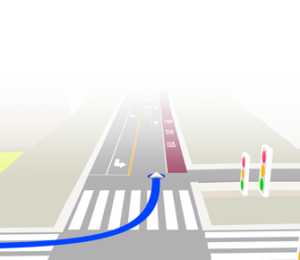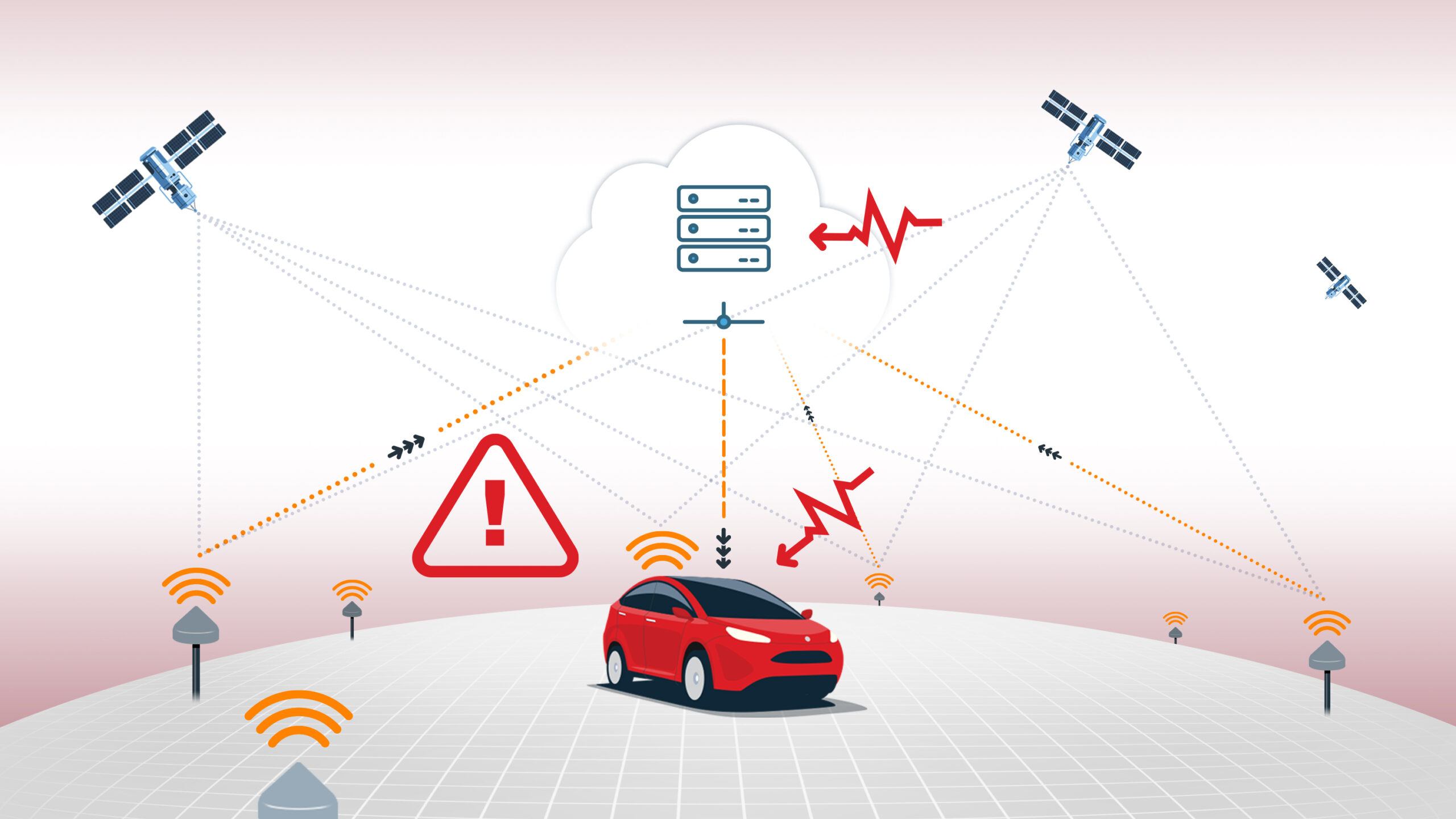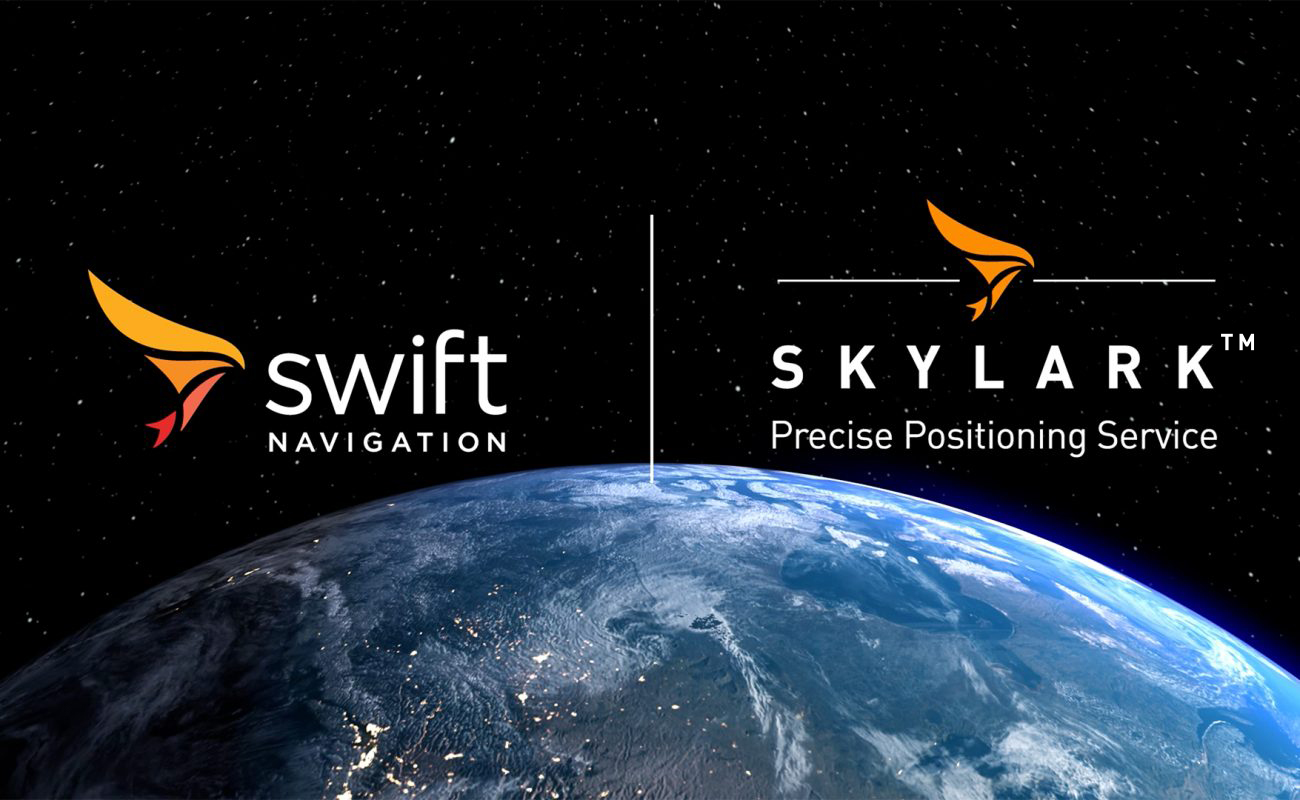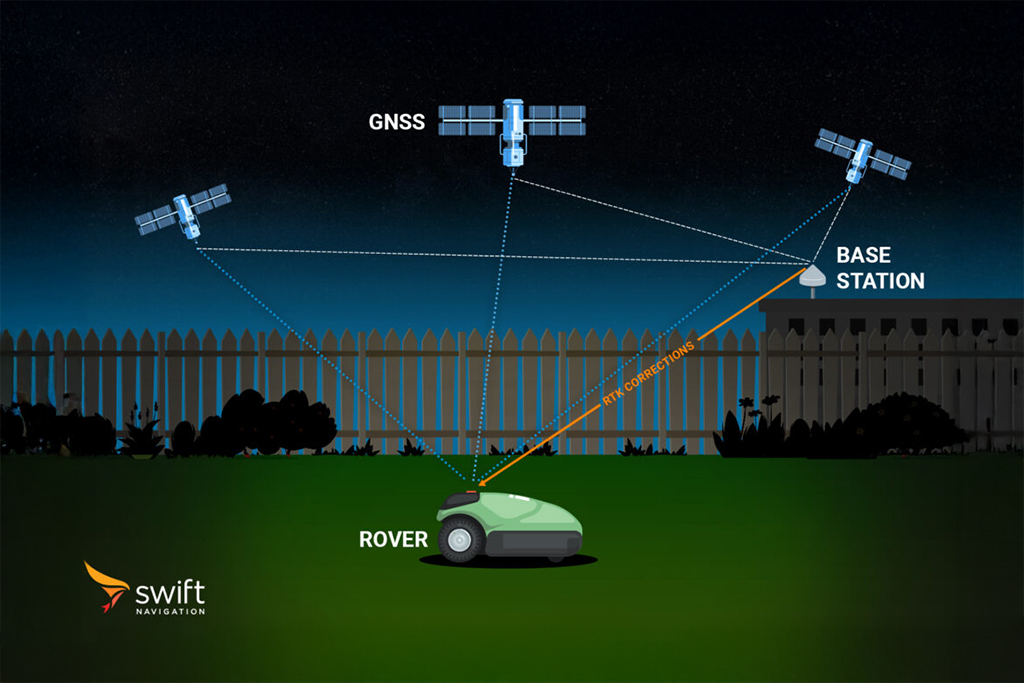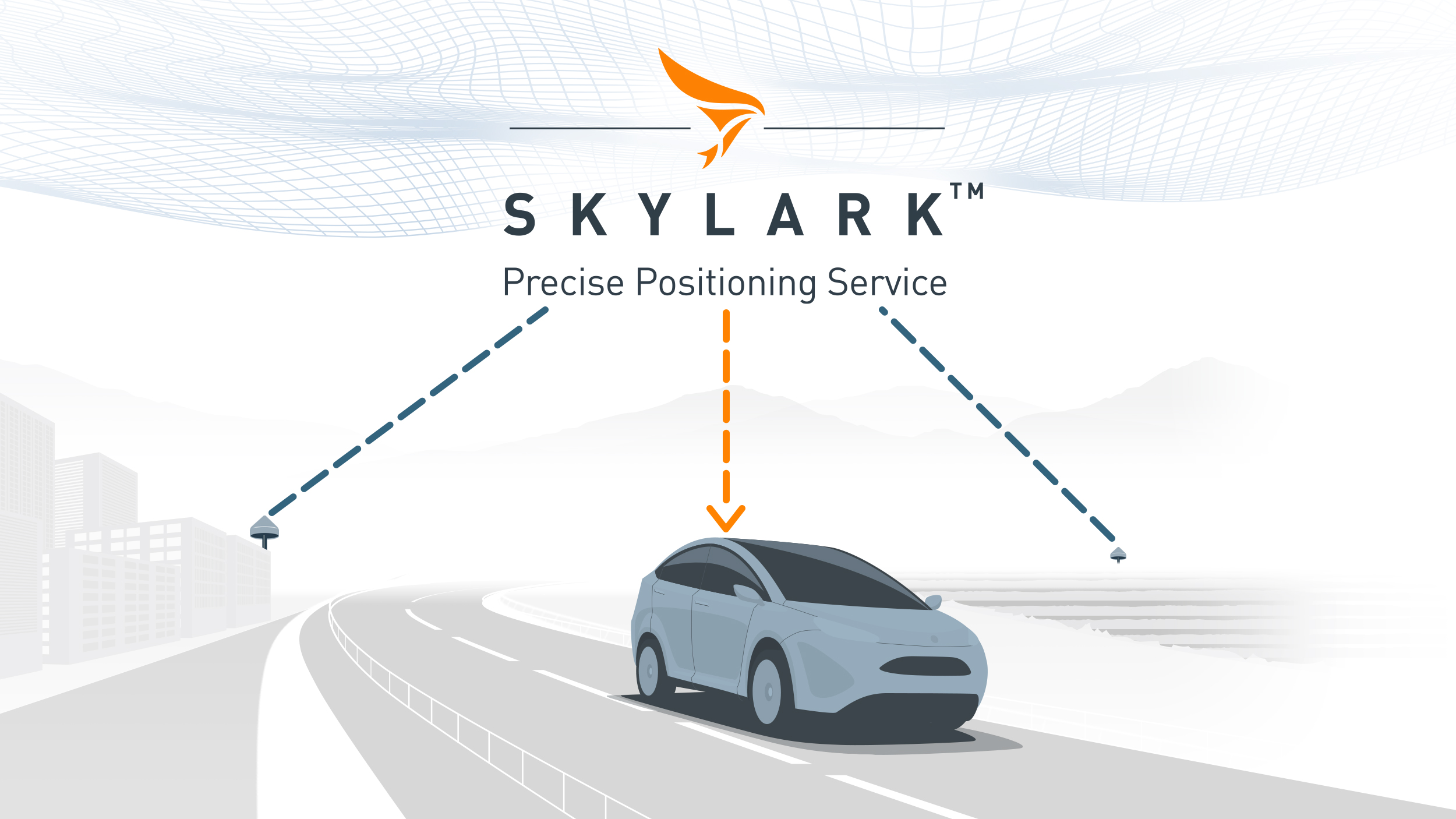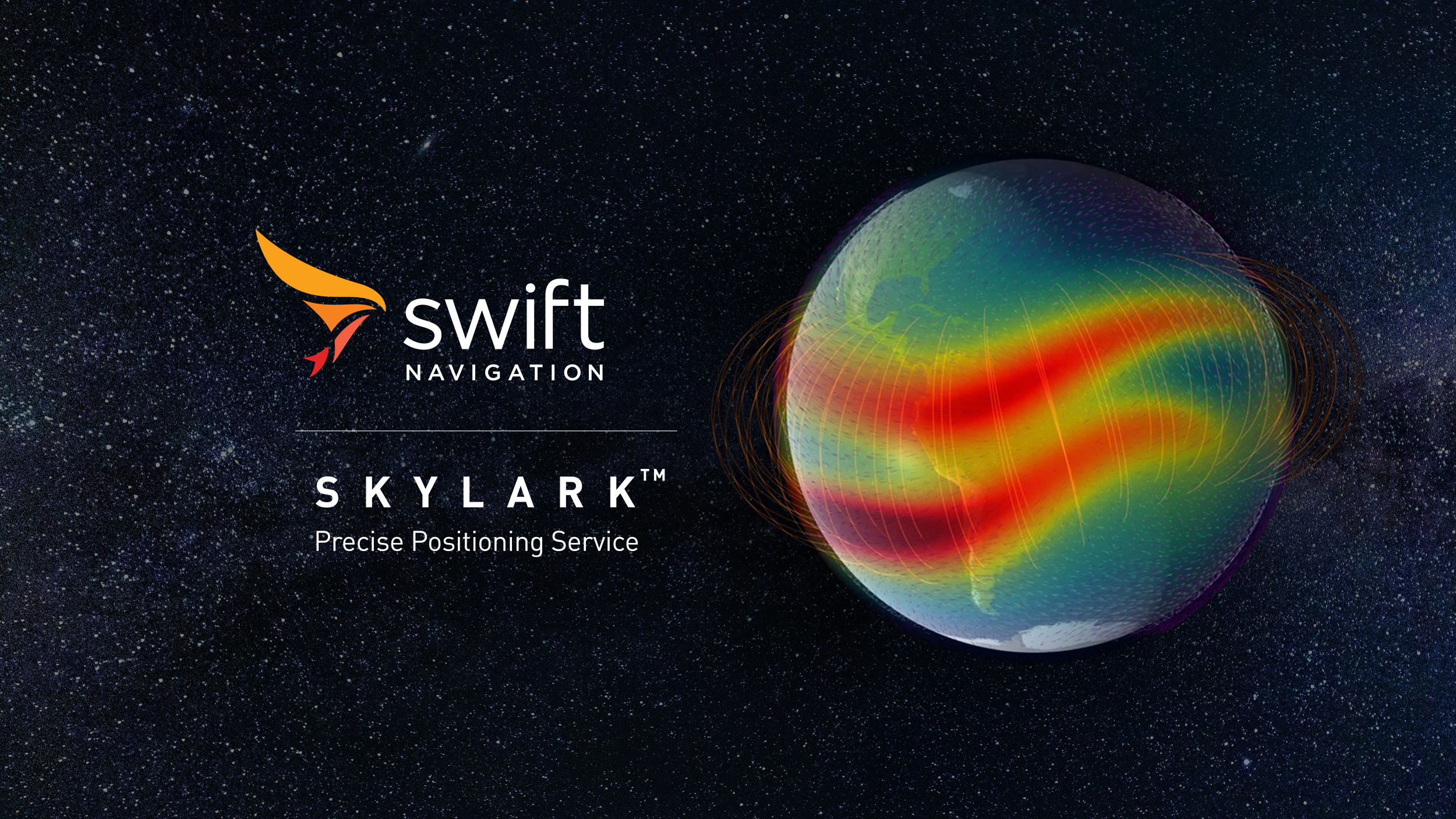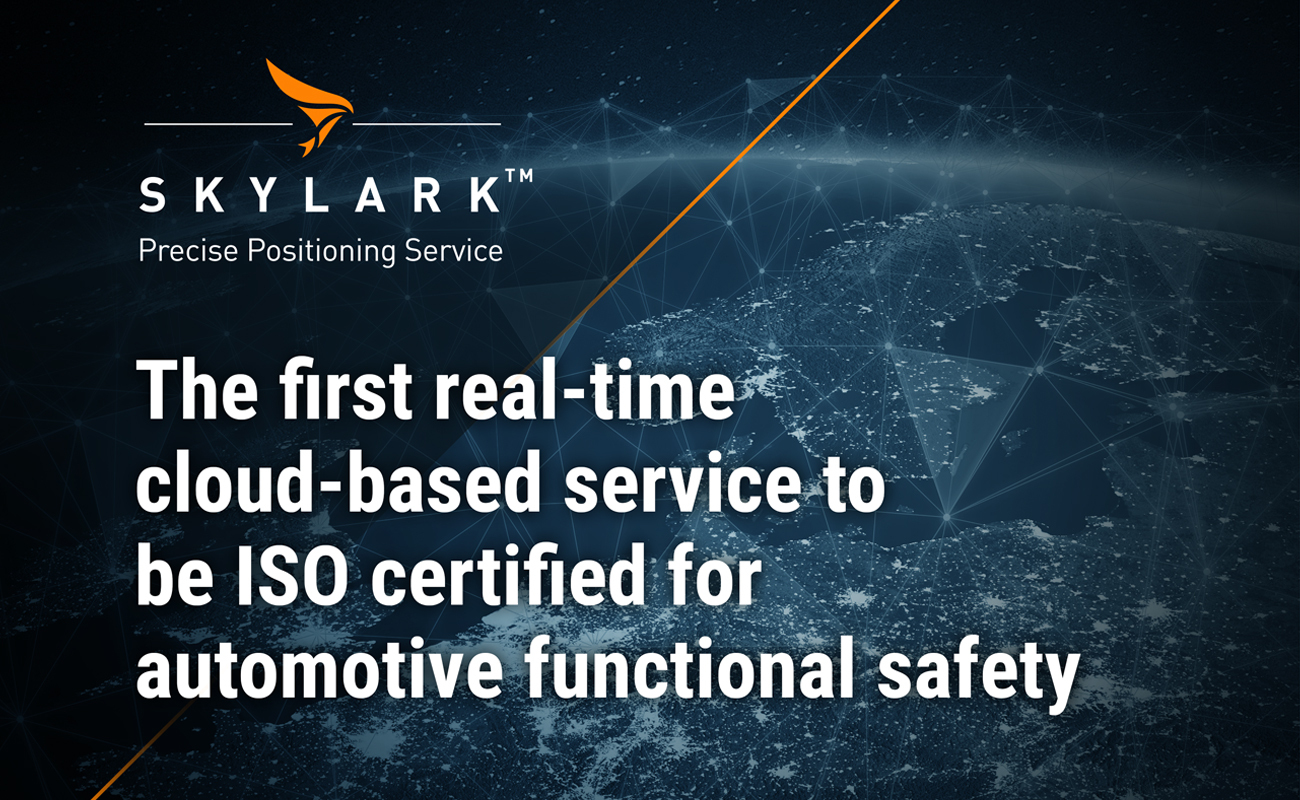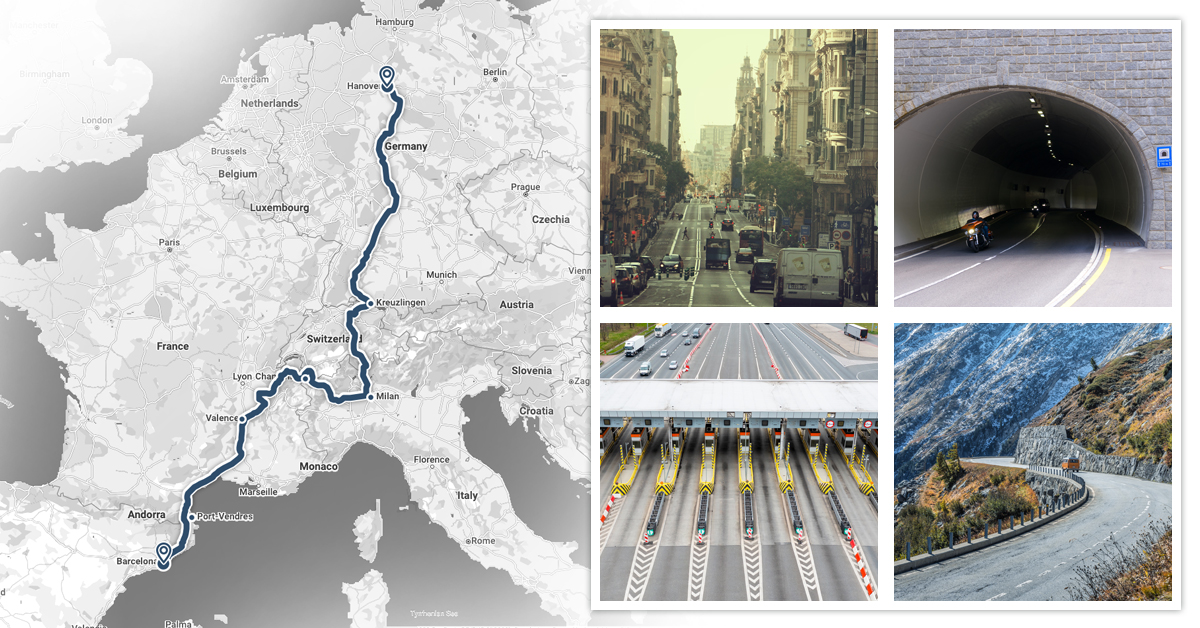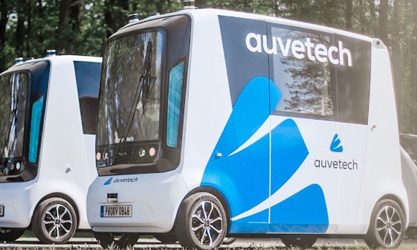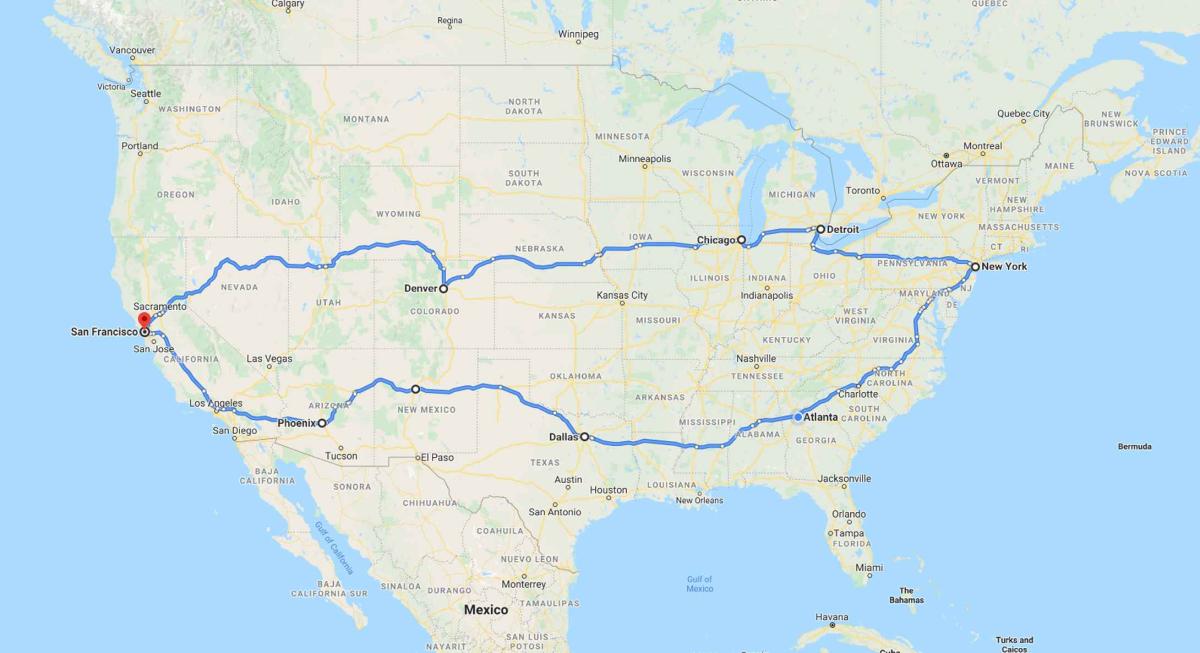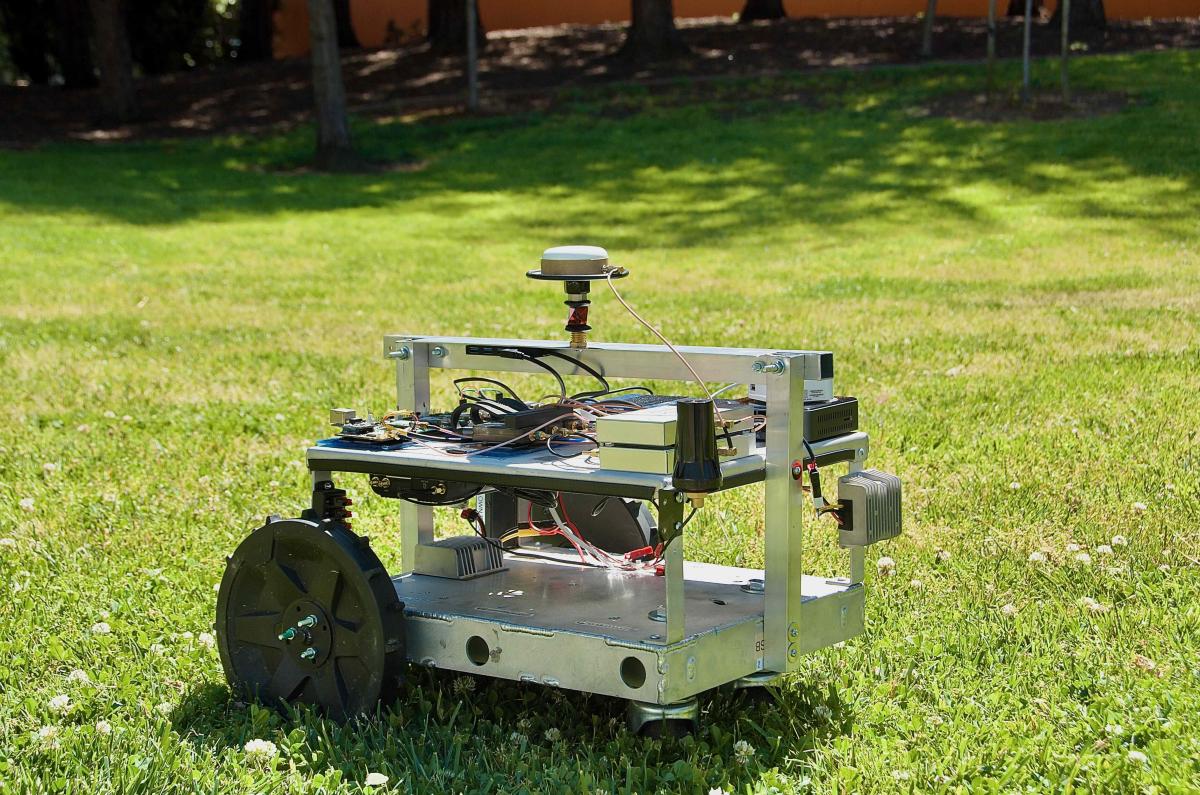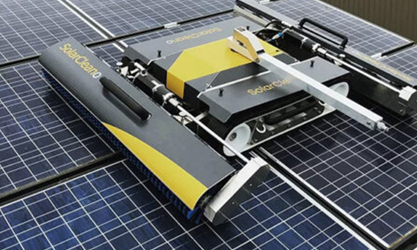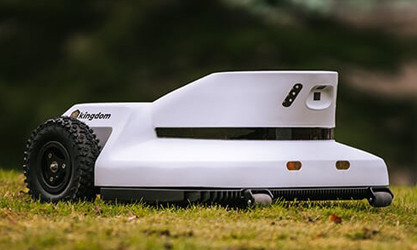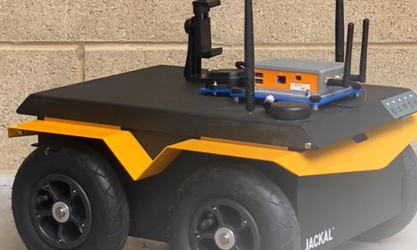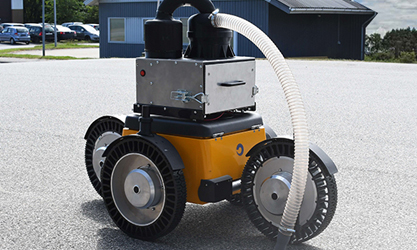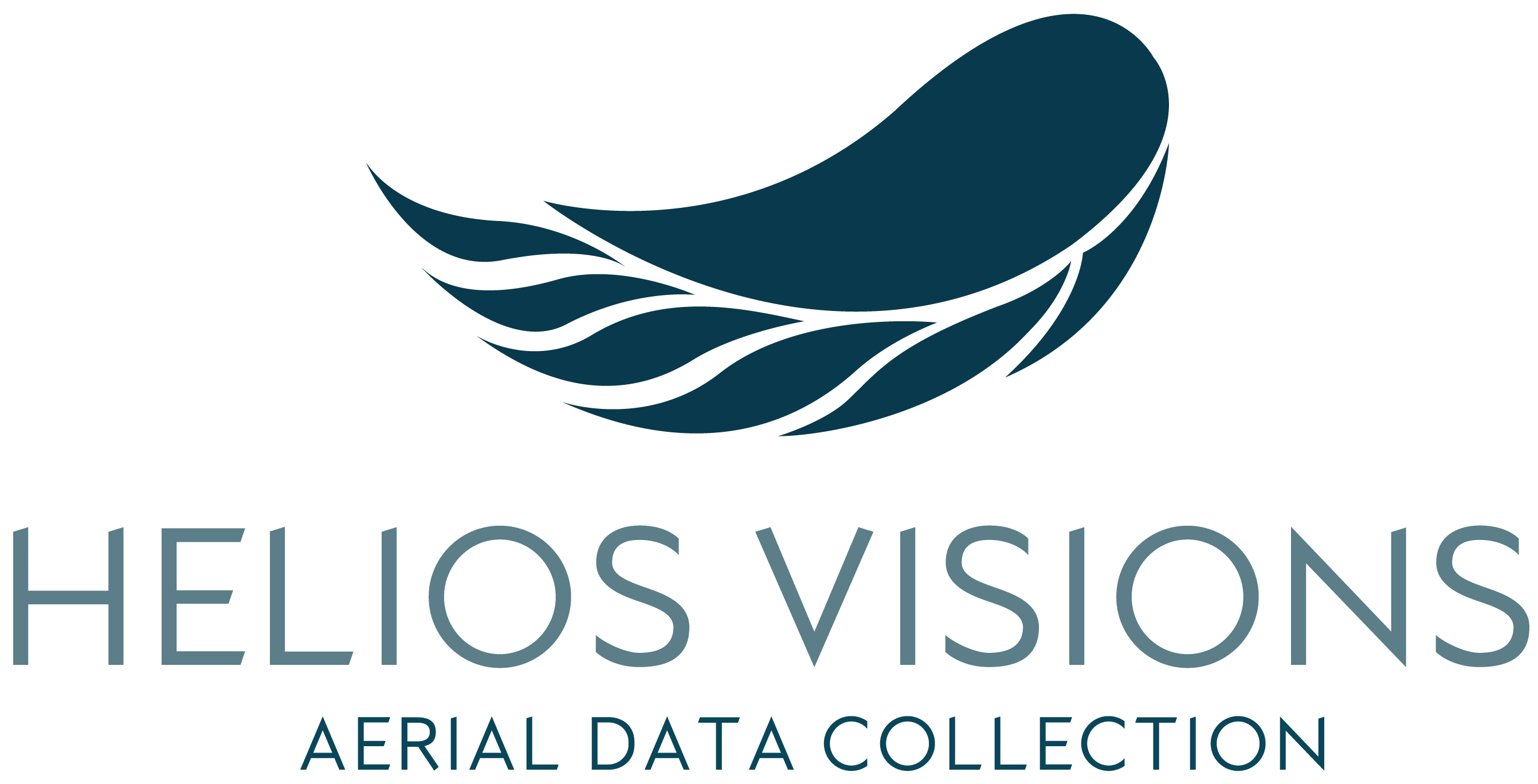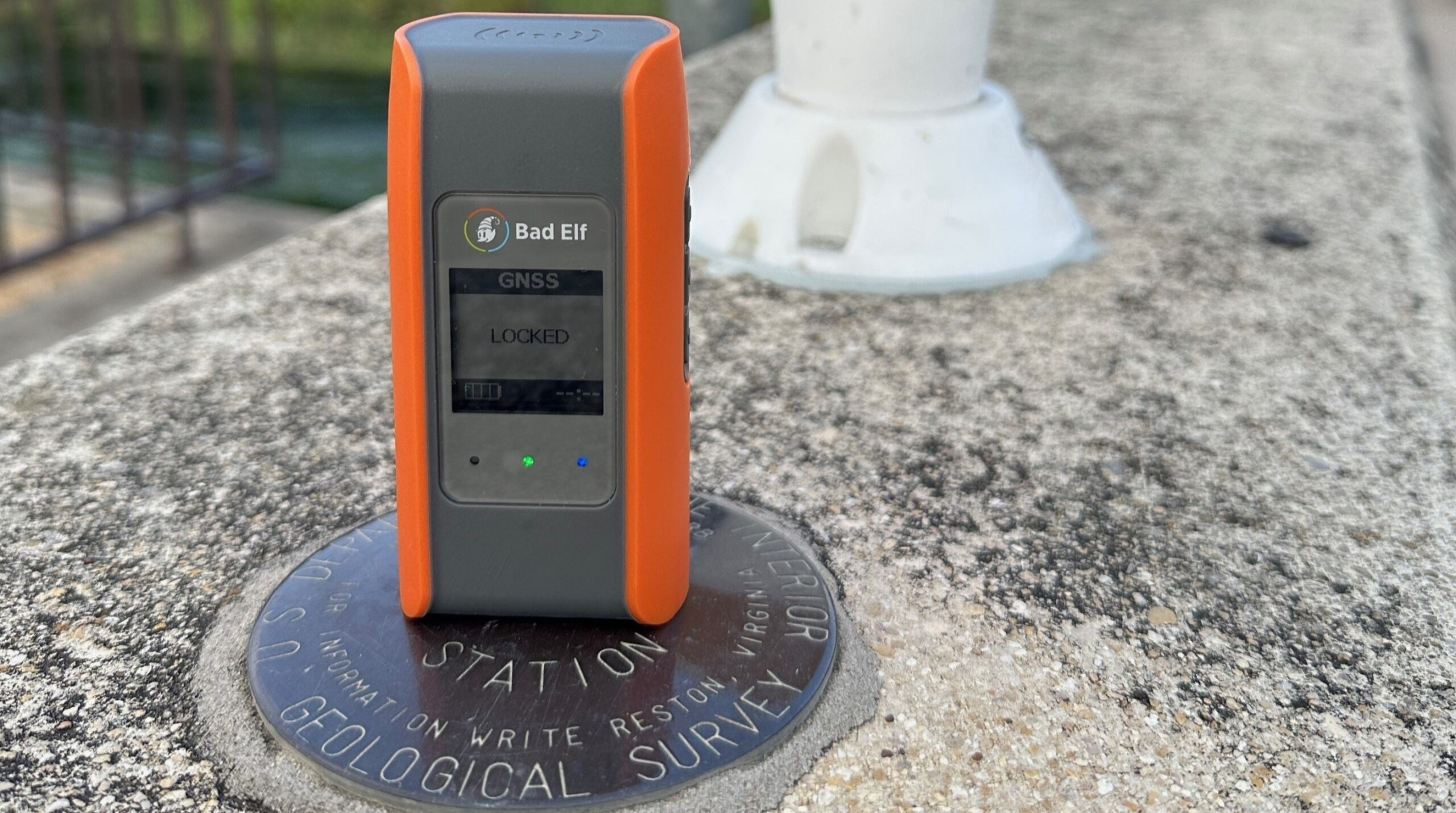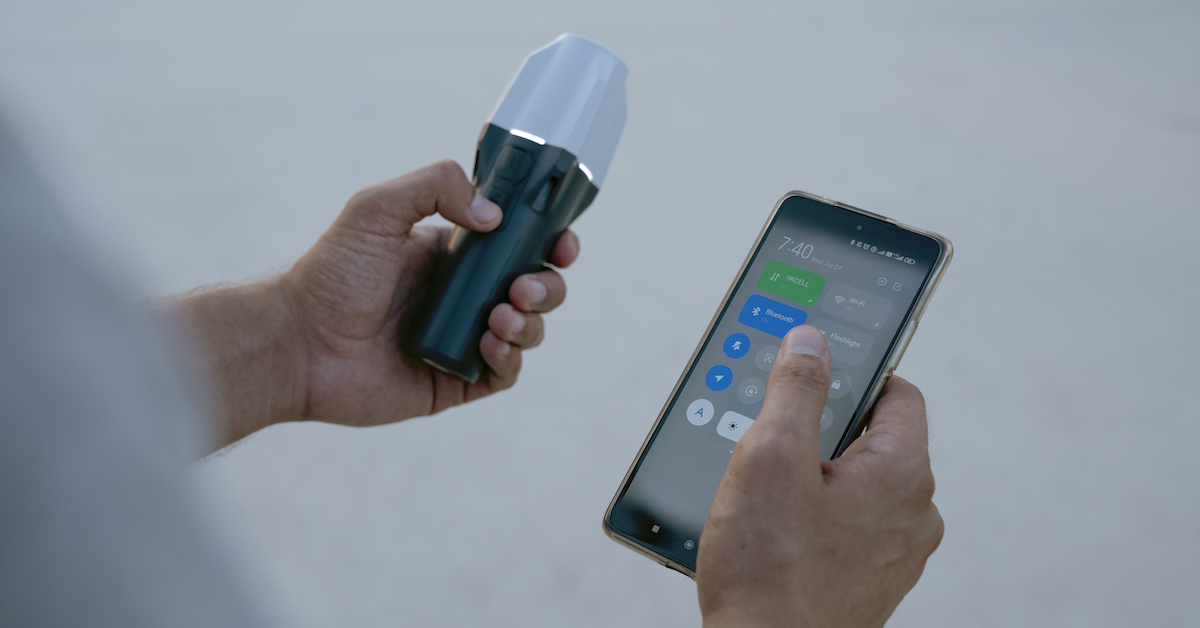Blog
Latest from Swift
GNSS Basics

Devon Sharp
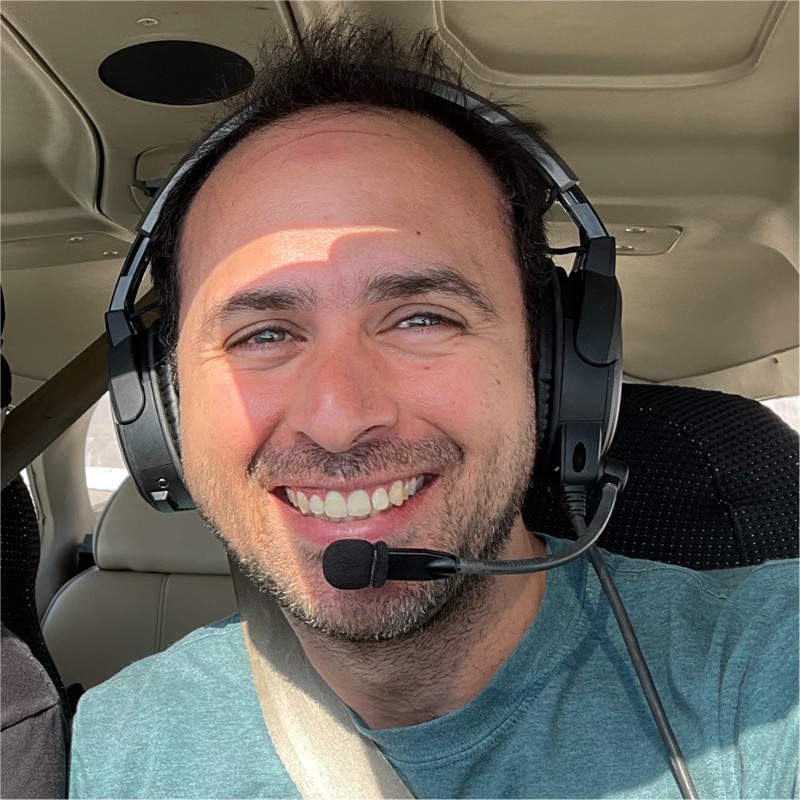
Marwan Ramadan

Marwan Ramadan

Devon Sharp

Devon Sharp

Marwan Ramadan

Devon Sharp

Marwan Ramadan
Automotive

Marwan Ramadan

Marwan Ramadan

Marwan Ramadan
ROBOTICS

Marwan Ramadan

Rai Gohalwar
GIS

Devon Sharp

Devon Sharp
View All Resources

Precise Positioning: Advancing Worker Safety Through Enhanced Location Accuracy
Worker safety demands more than standard GPS. Relying on meter-level accuracy creates significant vulnerabilities in prevention and emergency response. This challenge is overcome using centimeter-level GNSS corrections from Swift Navigation, combined with resilient tracking hardware from Lightbug. This technology enables hyper-accurate geofencing, automated risk mitigation, and guaranteed pinpoint location for first responders.
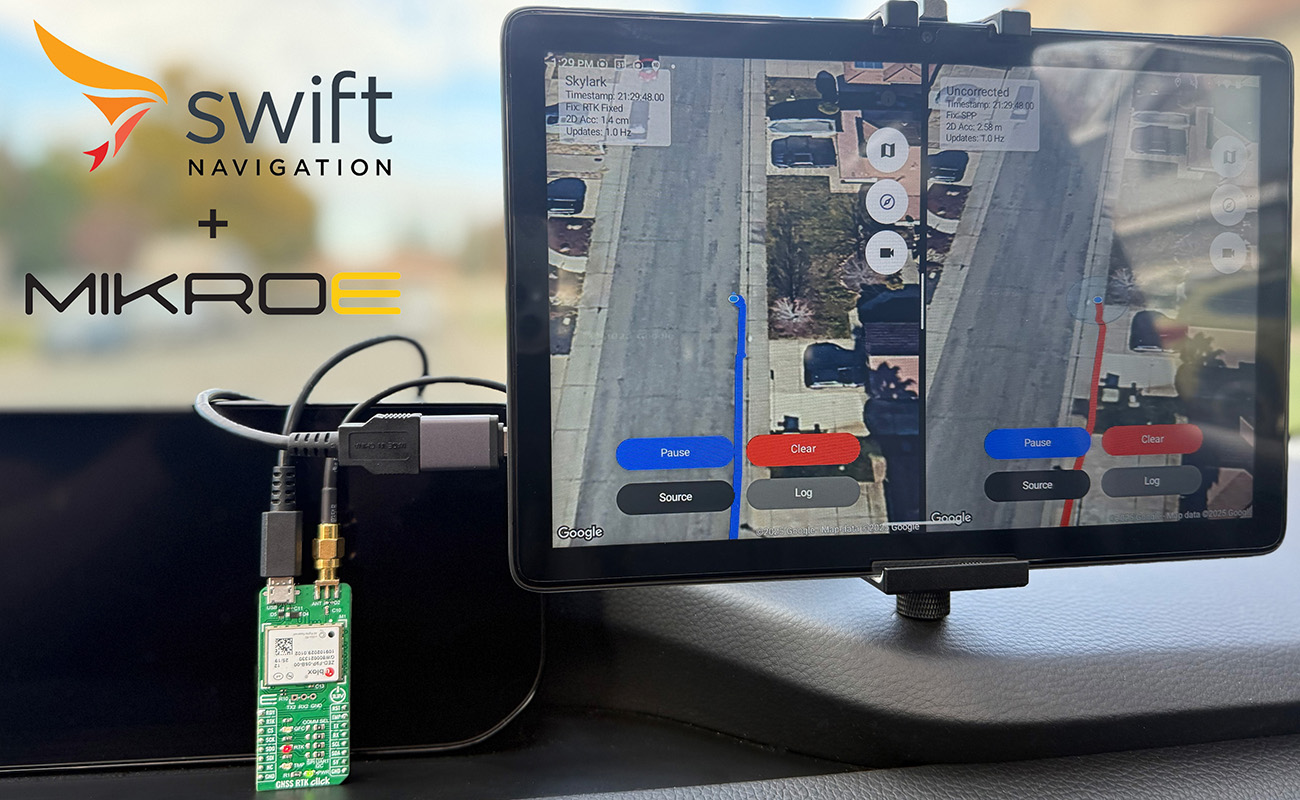
MikroE + Skylark: Accuracy on any Android Device in Minutes
Connect the MikroE GNSS RTK Click and stream Skylark corrections to an Android tablet to achieve centimeter-level accuracy in minutes. This walkthrough shows you how to visualize real-time high-precision positioning with the Swift Map Demo app and includes a drive-test comparison between corrected and uncorrected GNSS.
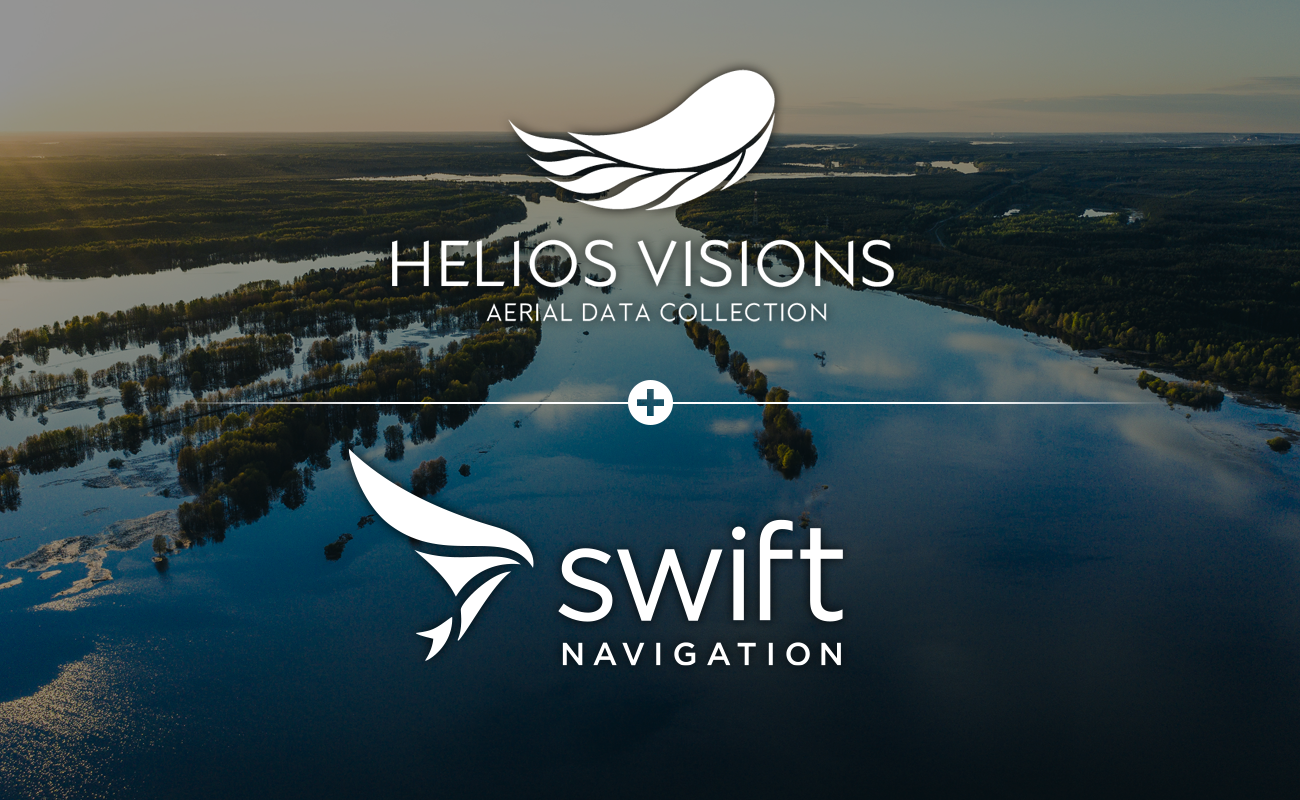
Helios Visions Uses Swift Navigation’s Network RTK Service to Power Drone-Based Environmental Cleanup
When a river cleanup project required precise drone mapping without room for base stations, Chicago-based Helios Visions relied on Swift Navigation’s Skylark™ Precise Positioning Service. Skylark’s cloud-based RTK delivered centimeter accuracy along miles of winding waterways, enabling fast, mobile operations directly from boats—without the setup delays of traditional RTK systems.
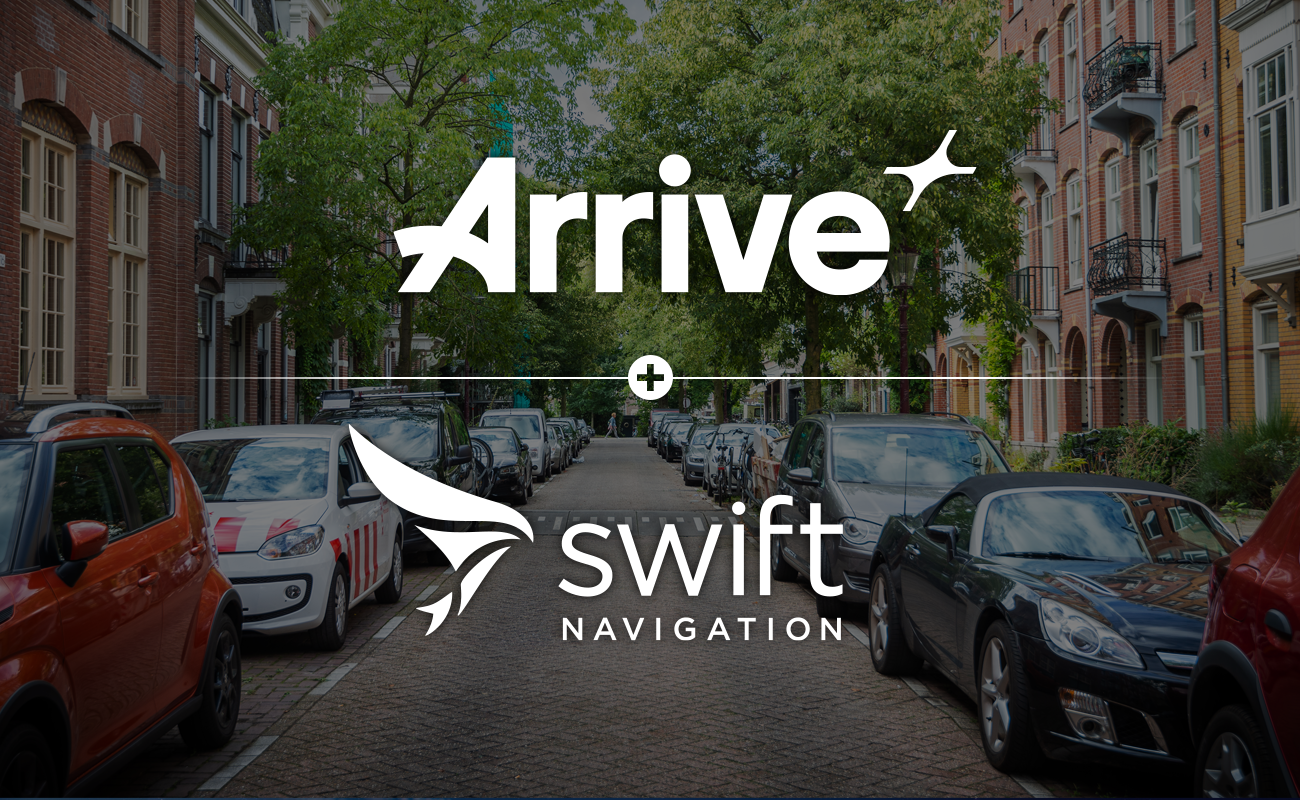
Arrive Modernizes Urban Parking Management Using Skylark Precise Positioning Service
By using Swift Navigation’s Skylark Precise Positioning Service, Arrive Group have fundamentally redefined how municipalities acquire, understand, and manage their on-street parking infrastructure.

Troubleshooting The Most Common RTK & NTRIP Issues: A Step-By-Step Guide
RTK corrections provide centimeter-level GNSS accuracy, but performance can be affected by factors such as baseline distance, connectivity issues, multipath interference, and hardware limitations. This guide walks through practical troubleshooting steps to maintain consistent precision. Learn how to identify common issues and ensure reliable, high-accuracy positioning in any environment.

Delivering RTK Corrections over LEO Satellites
Low Earth Orbit (LEO) networks such as Starlink now enable the delivery of real-time GNSS corrections anywhere with an open view of the sky, matching the precision and stability of terrestrial networks while providing a cost-effective, higher-coverage alternative to L-Band.
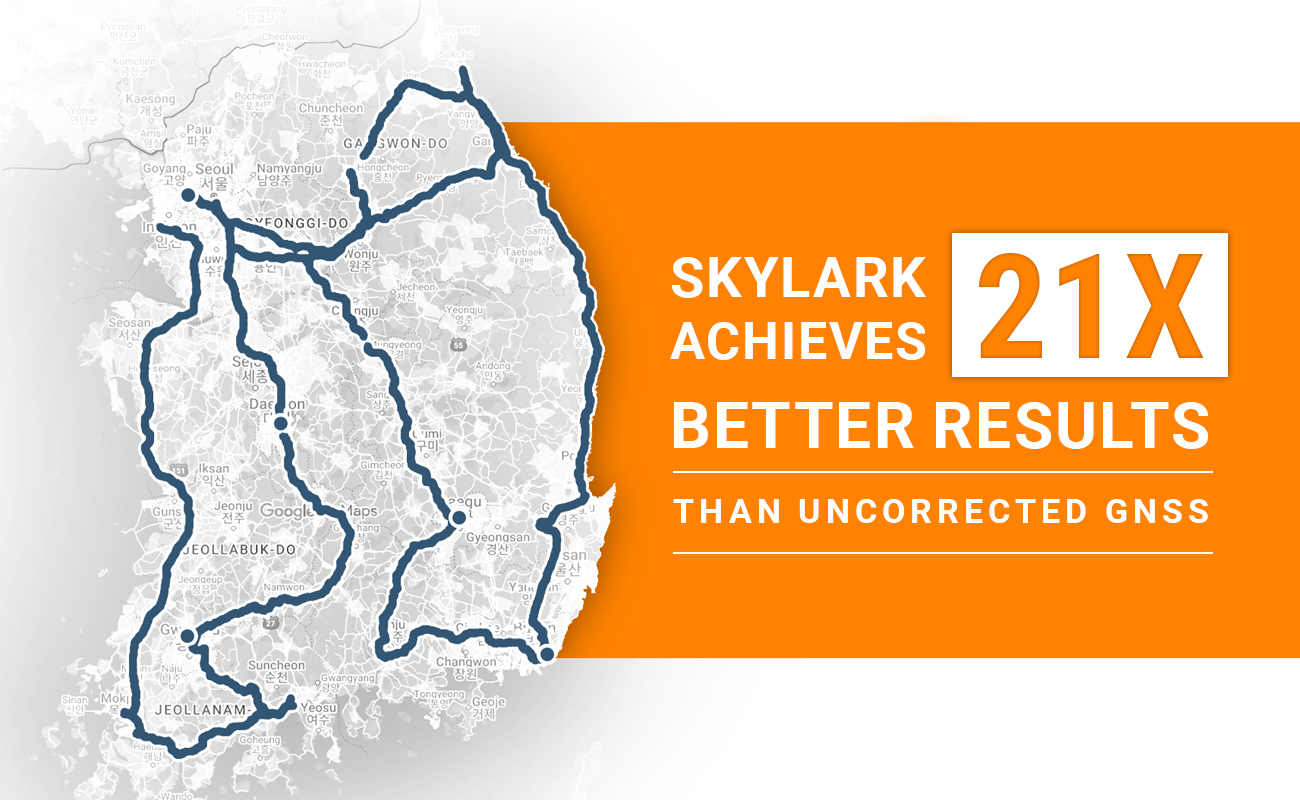
Skylark Performance Data: Korea Drive Test
Swift Navigation partnered with Korea Telecom (KT) to evaluate the performance of its Skylark™ Precise Positioning Service across a 2,526 km drive spanning cities, highways, tunnels, and mountains. The test, conducted in February 2025, validated the benefits of cloud-based GNSS corrections in Korea’s complex driving environments, delivering highly precise positioning for automotive-grade applications. The results confirmed Skylark’s ability to significantly improve positioning accuracy, achieving a 21x better result than uncorrected GNSS across the entire test, reducing error from 6.28 m to 29 cm.

How GNSS Corrections Are Powering Safer, Smarter Micromobility
Micromobility is entering a new phase—moving beyond early adoption toward sustainable, scalable growth. As the market matures, operators are under increasing pressure to meet safety, compliance, and efficiency standards. High-precision GNSS correction services are emerging as a critical tool to meet these demands. To explore this shift, we spoke with Swift Navigation’s Jochen Bruns, who shares how cloud-based solutions like Skylark™ are helping fleet operators build smarter, more reliable micromobility systems.
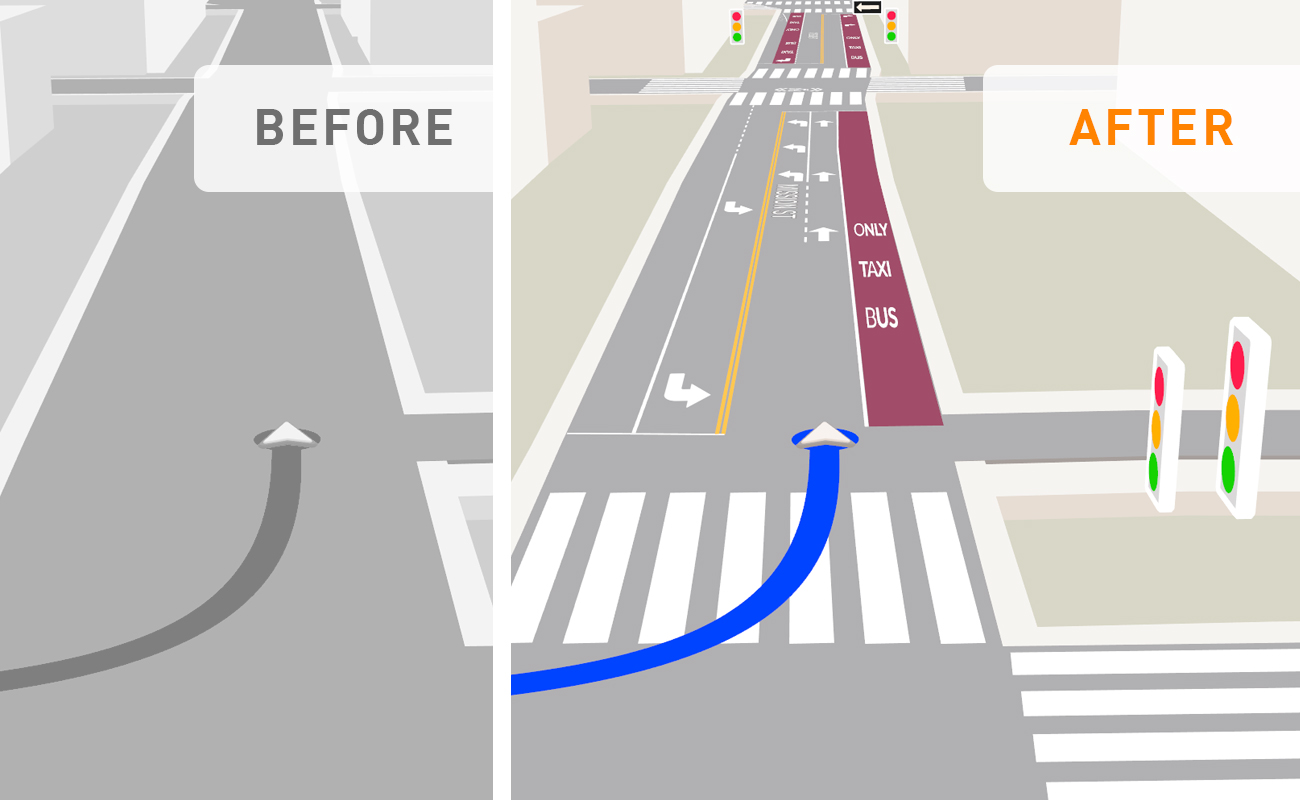
Precise GNSS to Build and Maintain Accurate Maps
Precise GNSS makes it easy to build and update accurate maps using just a camera and a GNSS receiver. It helps spot real changes, avoid false alerts, and scale mapping without the need for costly equipment or complex processing.

Precise Positioning and the Future of Scalable Autonomy: Q&A with Tim Harris, CEO of Swift Navigation
Swift Navigation recently announced a $50 million Series E funding round, marking a major milestone in its mission to deliver precise positioning at global scale. In this exclusive Q&A, CEO and Co-Founder Tim Harris discusses the evolution of Swift’s core product, Skylark™ Precise Positioning Service, and how it’s transforming industries through centimeter-level GNSS accuracy.



